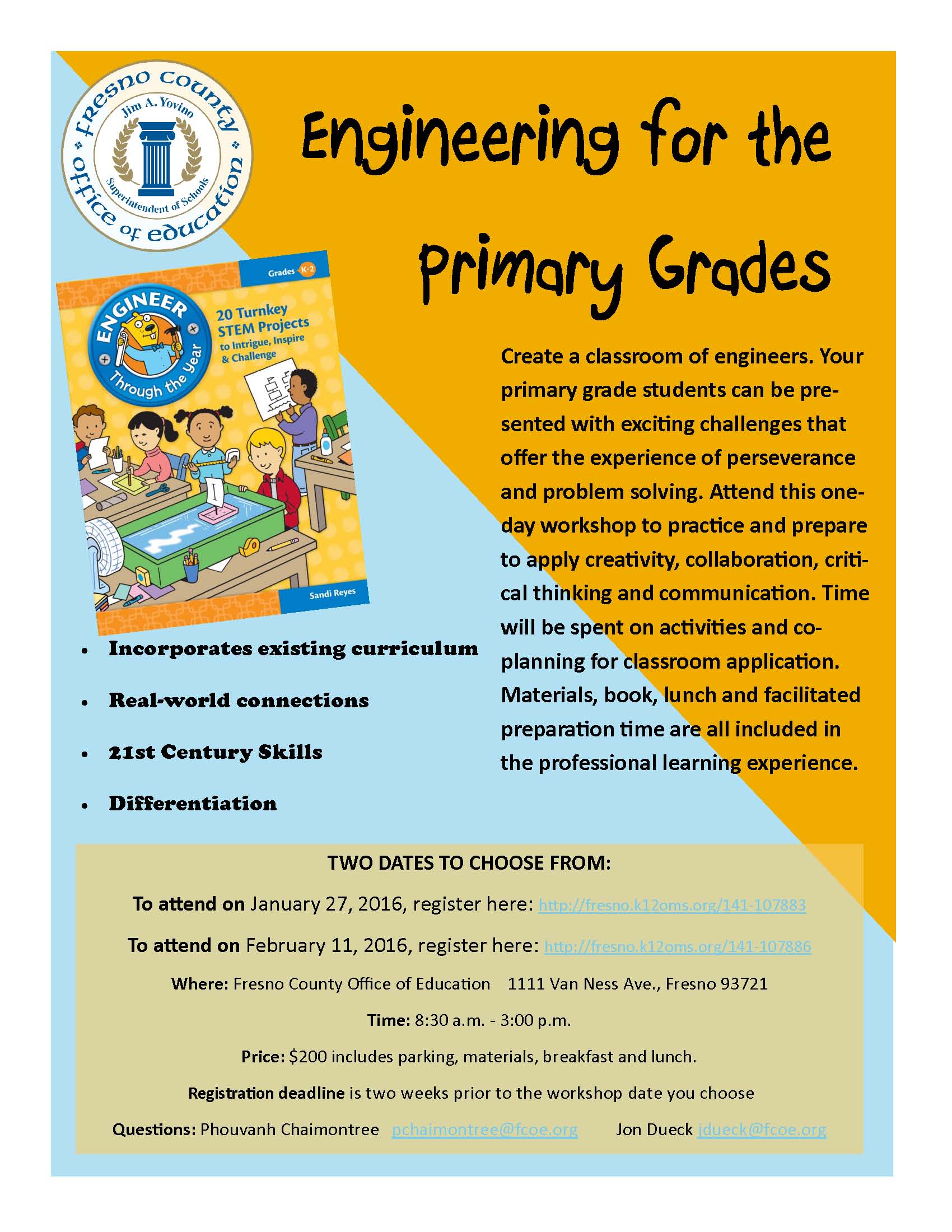Created by the Great Schools Partnership, the GLOSSARY OF EDUCATION REFORM is a comprehensive online resource that describes widely used school-improvement terms, concepts, and strategies for journalists, parents, and community members. | Learn more »
BRAIN-BASED LEARNING
Brain-based learning refers to teaching methods, lesson designs, and school programs that are based on the latest scientific research about how the brain learns, including such factors as cognitive development—how students learn differently as they age, grow, and mature socially, emotionally, and cognitively.
Brain-based learning is motivated by the general belief that learning can be accelerated and improved if educators base how and what they teach on the science of learning, rather than on past educational practices, established conventions, or assumptions about the learning process. For example, it was commonly believed that intelligence is a fixed characteristic that remains largely unchanged throughout a person’s life. However, recent discoveries in cognitive science have revealed that the human brain physically changes when it learns, and that after practicing certain skills it becomes increasingly easier to continue learning and improving those skills. This finding—that learning effectively improves brain functioning, resiliency, and working intelligence—has potentially far-reaching implications for how schools can design their academic programs and how teachers could structure educational experiences in the classroom.
Related terms such as brain-based education or brain-based teaching, like brain-based learning, refer to instructional techniques that are grounded in the neuroscience of learning—i.e., scientific findings are used to inform educational strategies and programs. Other related terms, such as educational neuroscience or mind, brain, and education sciencerefer to the general field of academic and scientific study, not to the brain-based practices employed in schools.
Reform
A great deal of the scientific research and academic dialogue related to brain-based learning has been focused on neuroplasticity—the concept that neural connections in the brain change, remap, and reorganize themselves when people learn new concepts, have new experiences, or practice certain skills over time. Scientists have also determined, for example, that the brain can perform several activities at once; that the same information can be stored in multiple areas of the brain; that learning functions can be affected by diet, exercise, stress, and other conditions; that meaning is more important than information when the brain is learning something new; and that certain emotional states can facilitate or impede learning—among many other findings.
Given the breadth and diversity of related scientific findings, brain-based learning may take a wide variety of forms from school to school or teacher to teacher. For example, teachers may design lessons or classroom environments to reflect conditions that facilitate learning—e.g., they may play calming music to decrease stress, reduce the amount of time they spend lecturing, engage students in regular physical activity, or create comfortable reading and study areas, with couches and beanbag chairs, as an alternative to traditional desks and chairs. They may also encourage students to eat more healthy foods or exercise more—two physical factors that have been shown to affect brain health.
The principles of brain-based learning are also being introduced into teacher-preparation programs, and an increasing number of colleges and universities are offering courses and degrees in the field. For example, Harvard University’s Graduate School of Education now offers a Mind, Brain, and Education master’s-degree program.
Debate
Because educational neuroscience is still a relatively young field, the methods and technologies of cognitive science are still being developed and tested. That said, people are often predisposed to view scientific findings as incontrovertible “facts” rather than complex and evolving theories, so it’s possible that some educators may view scientific findings as being more “solid” than they actually are, or they may misinterpret scientific evidence and act upon findings in ways that would not be recommended by the research. In addition, “neuroscientific myths”—widespread misinterpretations of scientific evidence—can potentially give rise to educational practices of dubious value.
Another point of potential debate is how educators should balance the findings of neuroscience with the practicalities of teaching. For example, some neuroscientists might argue that teachers shouldn’t lecture for longer than ten minutes, but it is probably more practical to interpret that recommendation as a guideline, not a strict instructional prescription. Other findings might support the use of treadmills in classrooms—because the brain is more stimulated during physical activity—but such options may be impractical, unworkable, inadvisable, or financially infeasible in many school settings.
The Glossary of Education Reform by Great Schools Partnership is licensed under a Creative Commons Attribution-NonCommercial-ShareAlike 4.0 International License.


